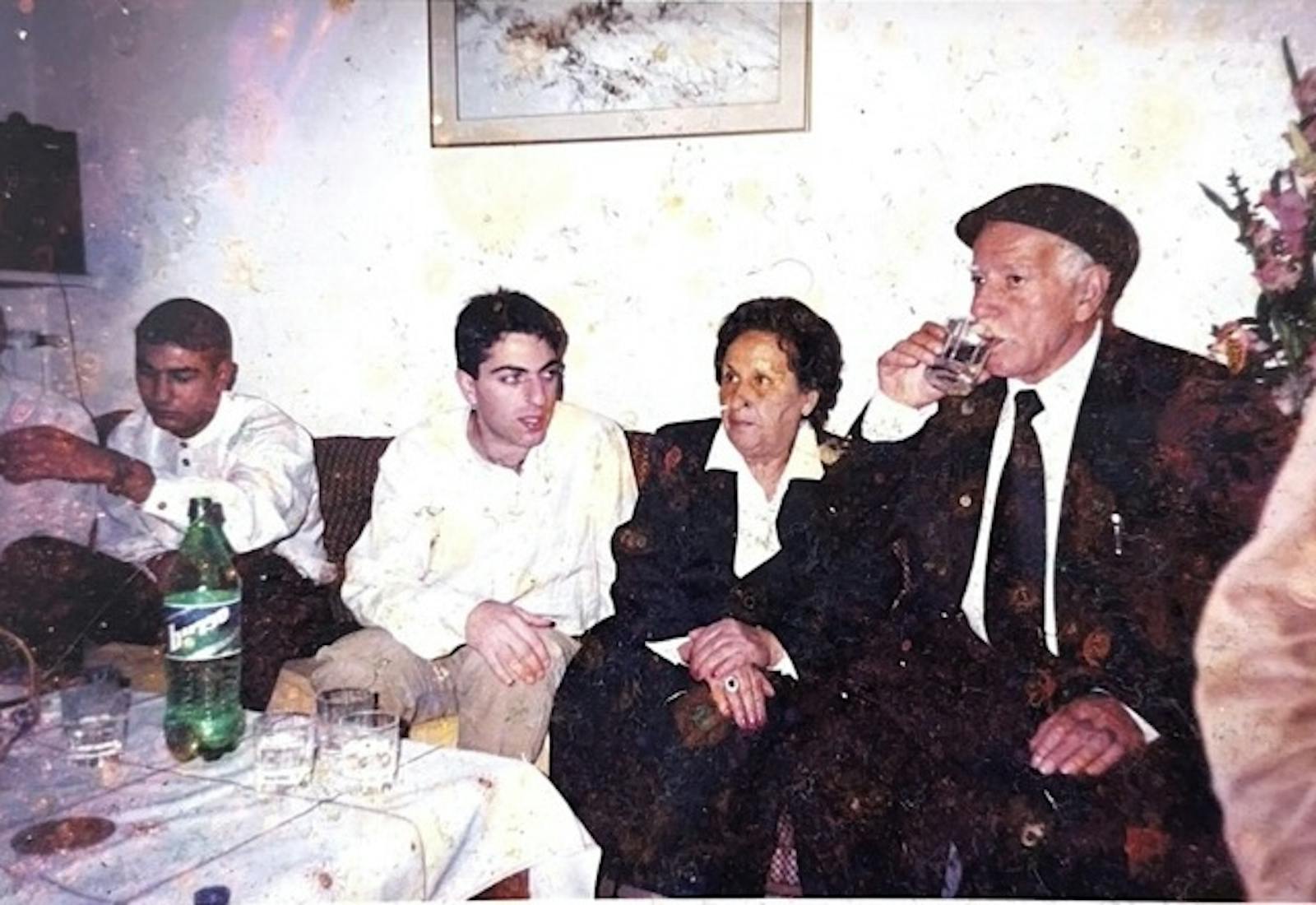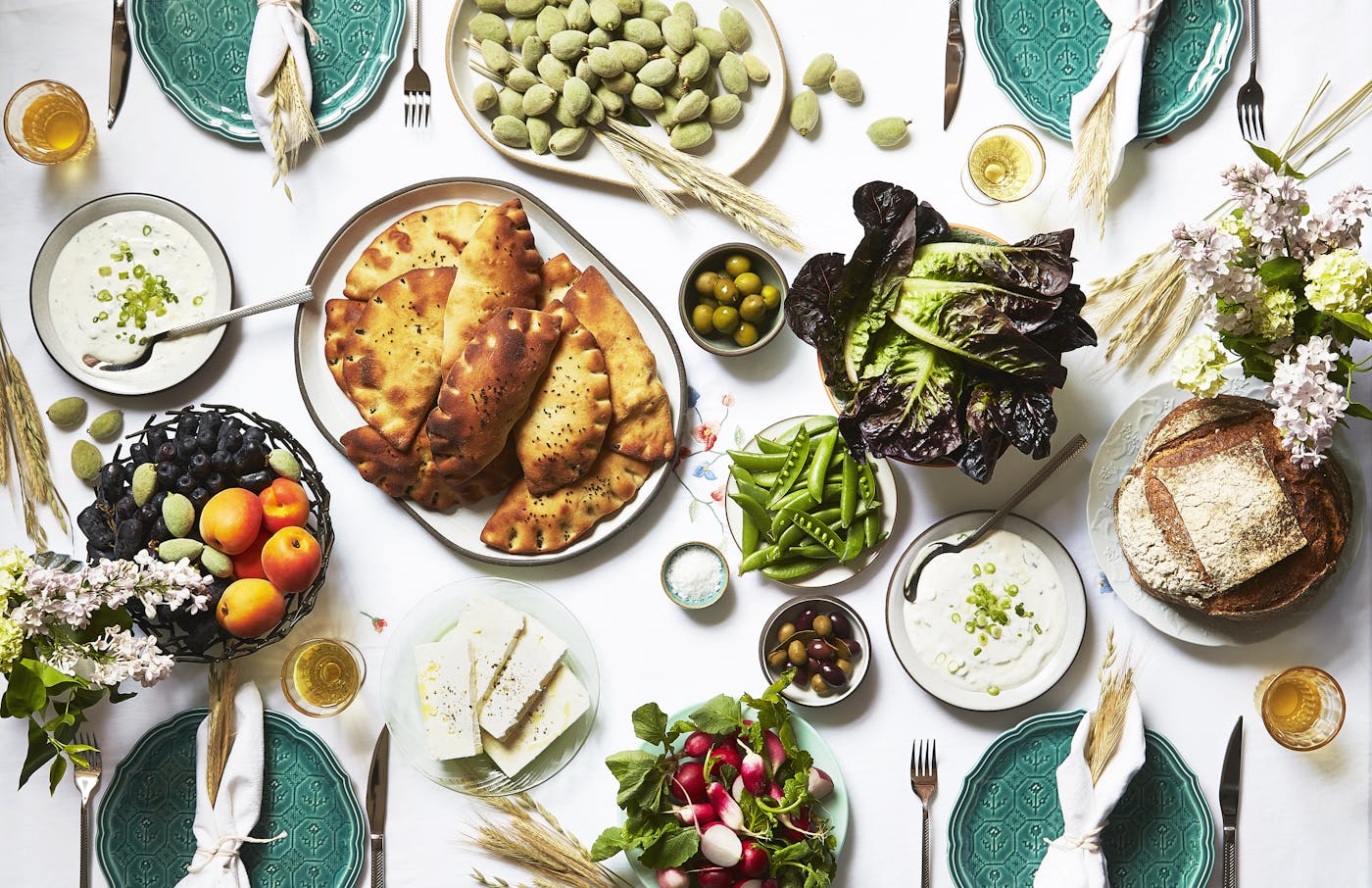Shared by Alon Hadar

This story comes from our cookbook “The Jewish Holiday Table: A World of Recipes, Traditions & Stories to Celebrate All Year Long.” The book shares 30 stories like this one from Jewish families across the world — in their own voices — along with their delicious menus.
Chef and journalist Alon Hadar’s grandmother was born into a Kurdish family, but no one knows exactly where — either in northern Iraq or in southwestern Turkey. That information was lost to time, but the cooking traditions and a strong connection to seasonal ingredients remained. Alon continues to draw inspiration from them for his New York City-based catering company, Hamara by Alon Hadar.
Cooking for Shavuot with my grandmother Rachel in Jerusalem when I was growing up is something I’ll never forget. When Kurdish Jews like our family came to Israel, they tried to rebuild our community and keep our culture alive. Every year, on the day before the spring holiday, my grandmother would join other Kurdish women in a friend’s garden in her Jerusalem neighborhood. Together they would build a fire and take part of an old water heater, beating it with hammers to shape it into a saj, an upside-down dome they placed over the fire and used as a griddle. They always did this without any help from the men, but as a boy, I was allowed to tag along.
Each of the “grandmothers,” as I like to think of them, brought two bowls to the gathering, one with her homemade dough and one with a mix of soft white cheeses for kadeh, a filled flatbread they knew from home. They worked in tandem: one grandmother would split open the dough and another would stuff it with cheese and put it on the saj. Still, each grandmother’s kadeh was different from those of her friends. They all had their signature touches: one mixed eggs into her cheese, another added butter so it would be sweeter. My grandmother used cheese from the small Galilean city Tzfat and some Bulgarian feta to give it a salty punch. When the kadeh were ready, the grandmothers would put out the fire and pack up their warm flatbreads in baskets to take home.
My grandmother served hers at our holiday lunch the next day alongside jajic, a sauce made with yogurt and fresh herbs or purslane my father foraged in the hills near Jerusalem. The table was always set with a salad of fresh green almonds and another made with fakus, a local heirloom vegetable similar to a cucumber that was just coming into season. But the kadeh was always the queen of her table. In New York City, it’s still the queen of mine.
